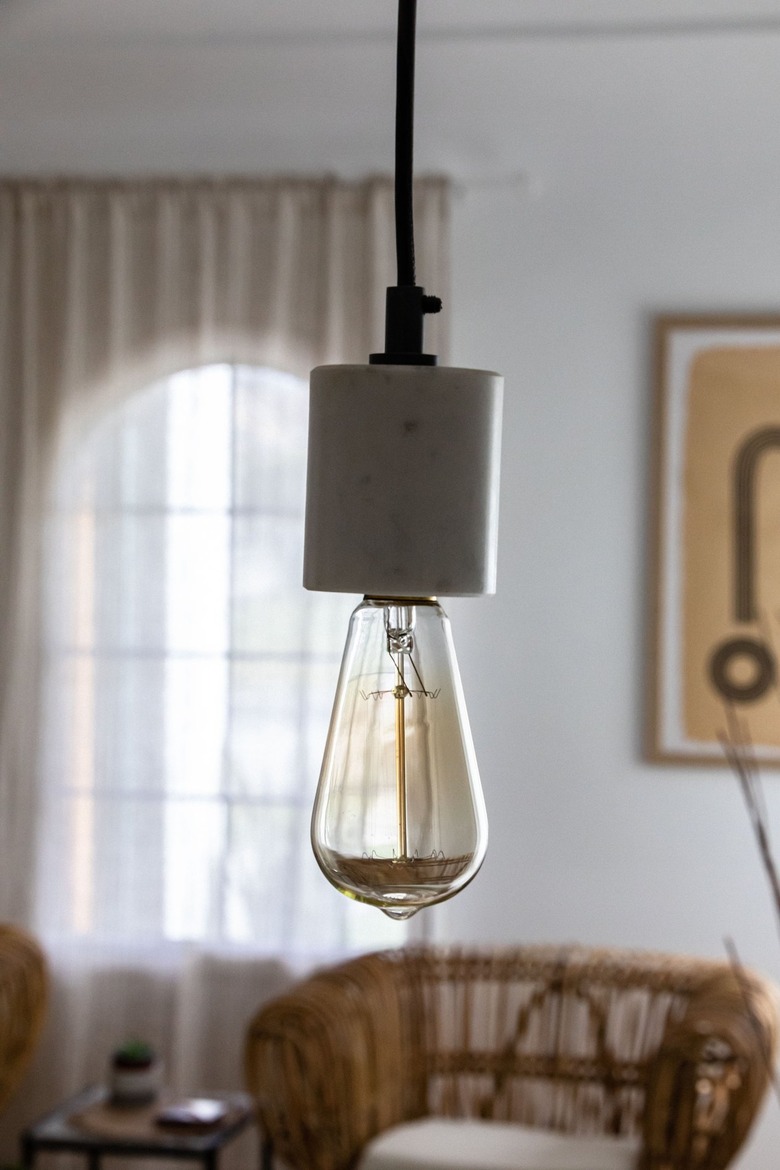How Does Cold Temperature Affect Light Bulbs?
The last thing a person feels like doing in the middle of winter with the cold air blowing around outside is changing a light bulb that has all of a sudden decided to die out. Luckily, light bulbs have come a long way, and there are many options provided in hardware stores to match whatever your needs may be. When it comes to the frigid temperatures, however, certain bulbs perform better than others, which all depends on what kind of performance you require from your light bulb.
Light Bulb Choices
Light Bulb Choices
There are three main groups to choose from when it comes to light bulbs: Light-emitting diode (LED) bulb, Compact fluorescent light (CFL) bulb or the more commonly known incandescent light bulb. LED and CFL light bulbs are becoming more commonplace due to their advantages, such as cost efficiency or lifespan. The incandescent light bulb is an electric light bulb that is becoming obsolete because its biggest competitors are more convenient.
Although incandescent bulbs are still available for purchase in certain locations, they are becoming less common and will eventually be replaced altogether by LED and CFL light bulbs. The incandescent bulbs were not practical when it came to using them in cold weather because they were not made for those weather conditions. They would burn out quickly because they are a heat-emitting light bulb, and the extremes of cold and hot would make them burst.
CFL Light Bulbs
CFL Light Bulbs
Compact fluorescent light bulbs are a bit more lenient regarding colder weather, but the only way to be sure if this bulb will work in your surrounding weather conditions is to do a little research first. This mainly consists of having to look on the packaging before purchase to see if this bulb has the right qualities to stand the cold temperatures. Many CFL bulbs will not turn on when exposed to extremely low temperatures, but there is a wide range of CFL bulbs available that might fit your needs.
Some CFL bulbs will not turn on under 32 degrees Fahrenheit while others will turn on at zero degrees or even lower. The only way to know is to make sure that the packaging refers to the bulbs being rated for low temperatures. The major benefit about these bulbs is that they are very low in cost, and they last approximately 10 times longer than an incandescent light bulb would.
LED Light Bulbs
LED Light Bulbs
What makes LED light bulbs the most logical choice for use in cold weather is the fact that they are not a heat-emitting light bulb. This means that they are not at risk of bursting or burning out when temperatures drop. On the contrary, these bulbs actually thrive in cold weather and become more efficient. They shine brighter and are also energy efficient, making them a very smart choice.
On the negative side, LED bulbs are approximately four to five times more expensive than the average light bulb, making them somewhat of an investment. They also don't do well when exposed to heat because these bulbs require an airflow around the bulb. When heat gets caught around the bulb, their lifespan begins to dwindle drastically. These are all important factors to consider when selecting which type of light bulb will best suit your needs.
